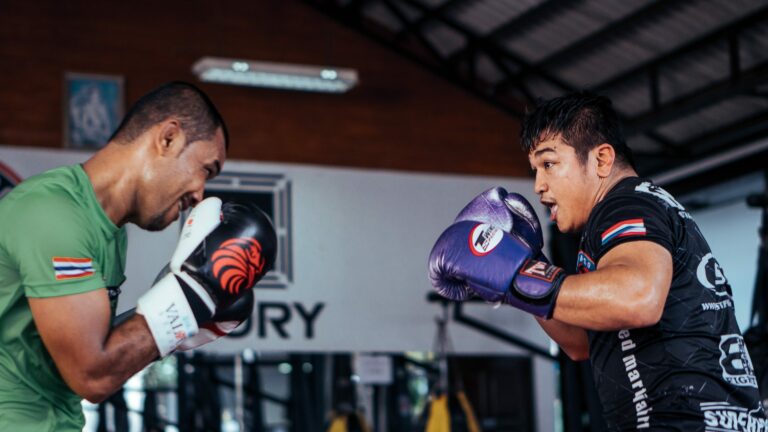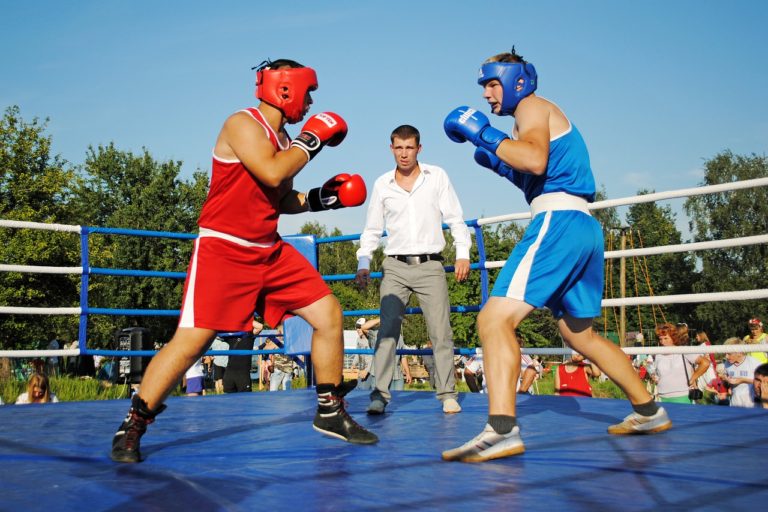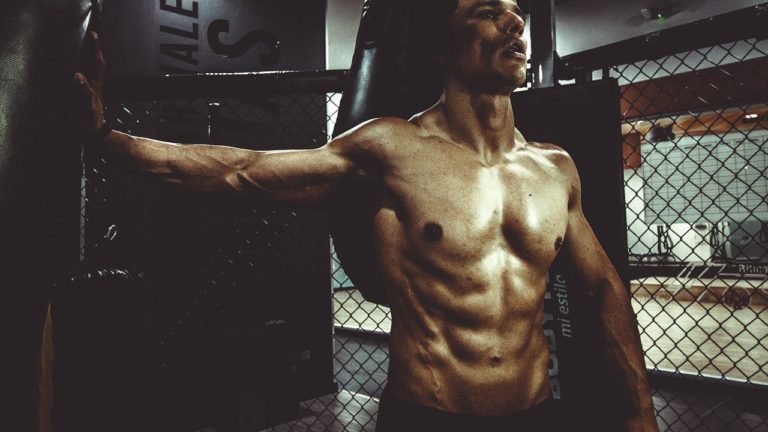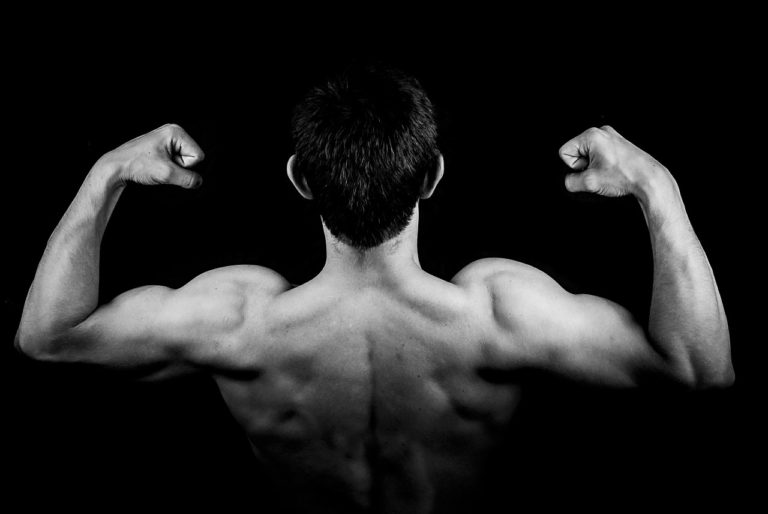Is Boxing Safe For Teens? – Explained
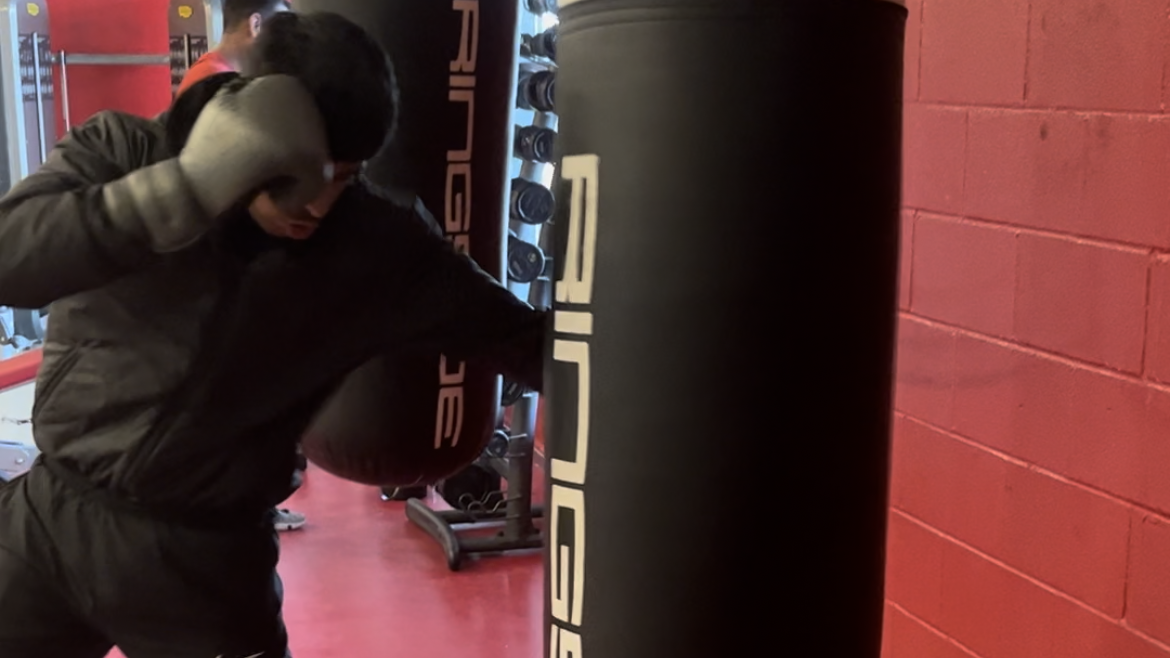
The short answer is boxing isn’t a safe sport. Your age, weight, height and gender is irrelevant. Repeated trauma to the head can lead to a multitude of health implications. In recent years especially, boxing regulations have been altered to improve safety precautions. However, theres only so much you can do in a combat sport to minimize the risk of injury.
In this article we’ll be going through the arguments for and against boxing for teenagers as well as implicating scientific studies along with data to help support the conclusions drawn.
Why Is Boxing Safe For Teenagers?
Some would argue that boxing is safe for teenagers. The main elements of boxing consist of sparing, pad/bag-work along with cardio. The chance that your teenager walks away with a concussion after recently starting to box is unlikely but not impossible.
Let’s start off by taking a look at how boxing works. There are hours of training that have to be completed before they start sparing. When sparing headgear is always required. Individuals also train with their peers who are of a similar skill and size level. This prevents unwanted injuries and ensures both athletes go home safe and sound.
Boxing can be an excellent form of exercise for the body and mind. Determination, resilience and discipline are all qualities that are associated with the combat sport. Having a sport that encourages such qualities can be a great way to ensure teenagers learn self control. Not to mention as children go through puberty, their hormones are going crazy. Physical exertion can really help calm unwanted behaviors as well as give individuals a sense of value, purpose and confidence.
Learning how to protect yourself from an early age can be looked at as investing into your own safety. Yes it’s also best to run away if faced with physical violence, however you’d rather your child knows how to defend themselves, if faced with the worse case scenario. Heres some tips for first time sparing:
What’s The Role Of The Headgear/Groin Guard:
Head gears and groin guards come in different shapes, sizes and weights to ensure the user has the correct level of protection required. Typically theres 3 levels of boxing, Amateur, Olympic and professional. In Amateur boxing headgear is recommended but not required after a certain level however it always worn when sparing. A head guards job is to protect the head from punches, when starting out boxing it’s definitely an essential you’ll want to purchase.
What’s The Role Of The Glove Size:
Boxing gloves come in ounces weights, 8oz all the way up to 18oz are most common. The heavier the glove the safer it is. With less padding around the knuckles, punches tend to hurt a lot more and have the capability to cause a lot more damage. In All levels are boxing the weight of the gloves has to be agreed upon by both fighters. Amateurs tend to fight with big 16oz to ensure both fighters can’t cause any serious damage to each other. When we look at the professional side of the sport 8oz gloves are often used which is why we see a lot more knockouts cuts and bruises in pro fights.
What’s The Role Of Weight Classes:
Weight classes are set to ensure weight and sizes is never a factor that gives either fighter a competitive edge over the other. For instance, if a heavy weight was to fight a lightweight it would be a completely unfair matchup and may result in significant injuries for the smaller fighter if they were caught with a shot. Fighters of the same weight will have many similar components such as power and speed. This means from a safety point of view they are less likely to accumulate irreversible damage.
What’s The Role Of The Referee:
The referee in boxing always keeps a close eye on fighters. If they sense a fighter is unable to defend themselves in the ring the fight has to be stopped. In amateurs, the rules are more more strict where standing 8 counts are performed by the referee if a fighter gets caught with a good punch. The Referee’s main job is to ensure that both fighters are safe and well. The consequences of foul punches are severe and fighters may be disqualified or banned if they do not cooperate with the referee.
How Does Age Affect Boxing:
Age is also a factor that is considered when choosing sparing partners or fights. The basic grounds are a fighter who’s older and more experienced will not be allowed to fight or competitively spar a younger more novice fighter. This rule doesn’t typically apply in the professional game however is still a factor which is considered by both fighters, coaches and promoters. Protecting the fighter is always the top priority.
Why Is Boxing Not Safe For Teenagers (Physically)?
Theres plenty of reasons why we could argue that boxing for teenagers isn’t entirely safe. Theres 2 sides to this argument, the physical and the mental side. We’ll break these aspects down further to give you some general standpoints on either.
The best way to win in boxing is by knockout. This means fighters are actively trying to render each other unconscious. This fact might not be something to worry about for beginners, but as fighters improve their power and technique, theres higher chances of this happening. Being knocked out cold can be dangerous, the possibility of causing long term irreversible damage is always there. Teenagers are often still growing and developing, a result of continuous trauma to the head could result in a plethora of problems throughout life.
Even though majority of teenagers who box are completely fine, the underlying chances on injury are always there.
Why Is Boxing Not Safe For Teenagers (Mentally)
As mentioned teenagers are still growing and have not yet fully developed. This means they may not be able to determine the difference between controlled and non controlled violence. After extensive training and promts form coaches to become the best puncher they may take certain aspects of violence into their everyday life. This could result in an increase in fights and behavioural changes that aren’t desirable. Once realising that they have to capability to knock someone out or seriously hurt them, they may fall into the wrong group of friends. This could result in a change of morals and values which could have negative affects later on in life.
Not to mention violence outside of the ring these days is extremely dangerous. With violent attacks being shown all over the news your teenager could be servilely injured or even killed if they try to the wrong thing with the wrong person. This isn’t the case for all but is something defiantly worth thinking about.
Does Boxing Cause Serious Damage To The Body
Theres no two ways about it, boxing has the possibility to cause serious damage to the human body. Here are a few examples of when things go wrong in boxing:
| Fighters name | Injury they faced |
|---|---|
| Evander Holyfield | Had part of his ear bitten |
| Baddo Jack | Laceration on forehead |
| Hasim Rahman | Swelling on the forehead |
| Paulie Malignaggi | Broken orbital bone |
| Nick blackwell | Coma post fight |
| Prichard Colon | Permanently Paralysed |
Evander Holyieds ear:
Baddo Jacks cut:
Prichard Colon post boxing:
How has Boxing Become Safer In Recent Years?
Boxing has definitely become safer in recent years. The amount of attention given to fighters to ensure they are ok all throughout training camp and during fights has increased significantly. Some would argue that boxing has become a lot softer than it was with multiple regulations and checks. However impairments in safety are much appreciated by many boxing enthusiasts.
When comparing boxing boxing to other combat sports such as MMA and Muay Thai, the difference in brutality is clear. If your teenager does happen to gravitate towards combat sports then boxing is one of the safer ones.
Should I Let My Teenager Box?
At the end of the day we’re not going to tell you how to raise your kids. Boxing has lots of positives and a few negatives. It all depends on the situation, the level their looking to box and your personal standpoint on the situation. Everyones opinions are valid and accepted.
From personally boxing from young age we have formed many positive attachments and relationships thought the sport. The fact of the matter is boxing is dangerous, it’s a risk like with any sport, guaranteeing safety 100% of the time is impossible. With that be said it’s still a fanatic sport and has helped thousands.


